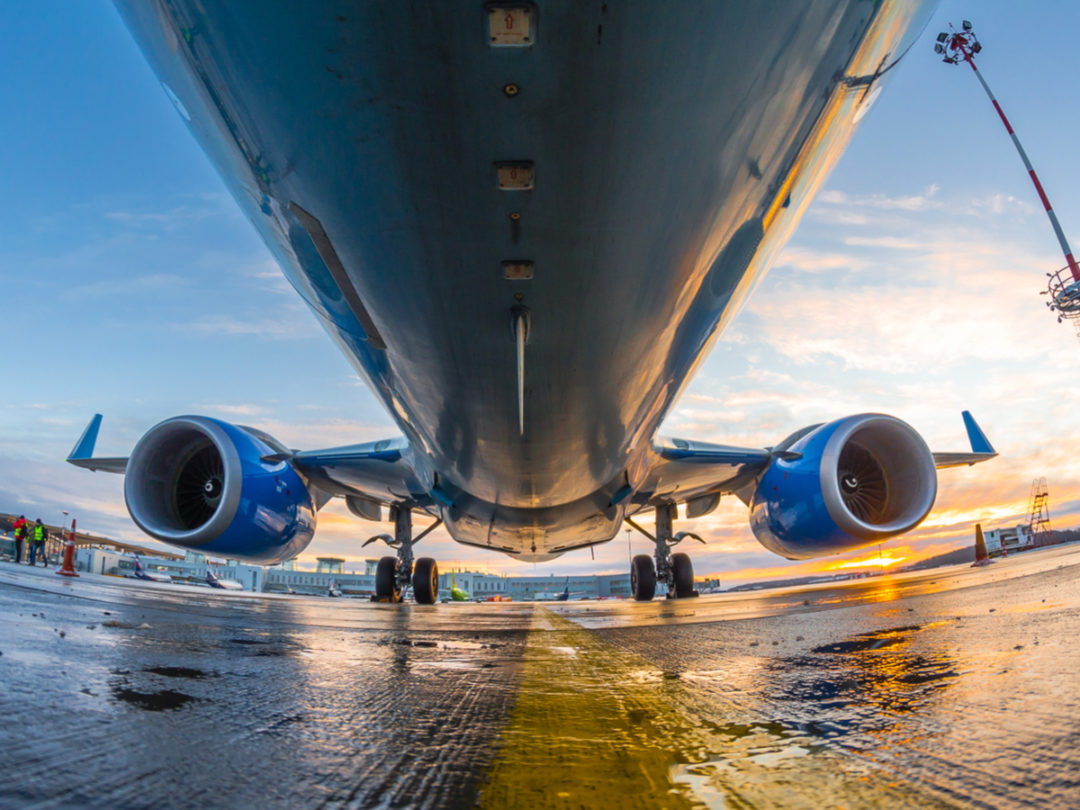
Visit Our Sponsors |
|
|
|
|
|
|
|
|
|
|
|
|
|
|
|
|
|
|
|
|
|
|
|
|
|
|
|
|
|
|
|
|
|
|
|
|
|
|
|
|
|
|
|
|
|
|
|
|
|
|
|
|
|
|
|
|
|
|
|
|
|
|
|
|
|
|

The world’s biggest maker of renewable diesel says it’s creating a new market for low-carbon jet fuel as passengers slowly return to the skies.
Neste Oyj is betting that sustainable aviation fuel, SAF, will appeal to businesses eager to cut carbon emissions. The company also expects the fuel’s higher price won’t be an obstacle, as post-pandemic air travel resumes with a more climate-conscious mindset.
“People will start flying again, but then they want to fly in a more sustainable way,” Chief Executive Officer Peter Vanacker said in an interview. “Just like we did with renewable diesel, we are creating this market.”
The Finnish company is investing about $230 million to equip its Rotterdam renewables refinery to make more sustainable jet fuel. Combined with an expansion at its Singapore facility, Neste will be able to make 1.5 million tons of SAF a year by the end of 2023, up from just 100,000 tons now. That compares with 300 million tons of fossil fuels used in aviation each year pre-pandemic.
Neste has been manufacturing biodiesel for more than a decade at its Porvoo plant, making its first investment in the renewable technology as early as 2005. After initially being unprofitable, the product overtook traditional oil products as Neste’s profit driver in 2018.
Biofuels are just one new technology carriers are exploring to cut emissions. Finland’s national carrier Finnair Oyj recently said it could buy as many as 20 electric planes for use on short-haul routes starting around the middle of the decade. It’s also looking into synthetic renewable fuels. The biggest environmental impact will come from reducing fuel use by optimizing routes, plane weight and pilot training, as well as upgrading to a more fuel-efficient fleet.
Cost Obstacle
“We need to proceed with biofuels at a rapid pace,” said Anne Larilahti, who oversees Finnair’s sustainability efforts. But limited availability and high cost make it harder for airlines to switch over.
“It costs three to five times as much as fossil-based fuel,” she said. To inspire more widespread use, “the price would have to come down.”
Sustainable airline fuel is made from waste and residues, such as used cooking oil and animal fat. It cuts carbon emissions by as much as 80% compared with regular fossil-based kerosene on a lifecycle basis. Before it leaves the refinery, SAF is blended with fossil fuel, up to a maximum of 50%. Neste says a normal shipment contains about 35%-40% renewable fuel.
Once at the airport, sustainable aviation fuel goes into the same tank from which all planes refuel, mixed in with regular kerosene. Those paying for it get to claim the environmental benefits.
Finnair is one among a number of airlines and airports buying the fuel directly from Neste. The Finnish carrier last year set a target to raise its annual spending on the biofuel to 10 million euros ($12.2 million) by 2025. That compares with pre-pandemic annual fuel costs of about 690 million euros.
Neste is also experimenting with selling the fuel directly to companies so that they can book the climate benefits for when employees take business trips aboard their contract carrier, and says premiums paid by consumers to fly a “green” flight will create further incentives for airlines to put SAF in the tank.
“There is a clear recognition that the aviation industry will have to decarbonize,” Vanacker at Neste said. “The discussion is really moving toward using the physical product instead of planting trees, because the consumer wants the physical product.”
RELATED CONTENT
RELATED VIDEOS
Timely, incisive articles delivered directly to your inbox.






